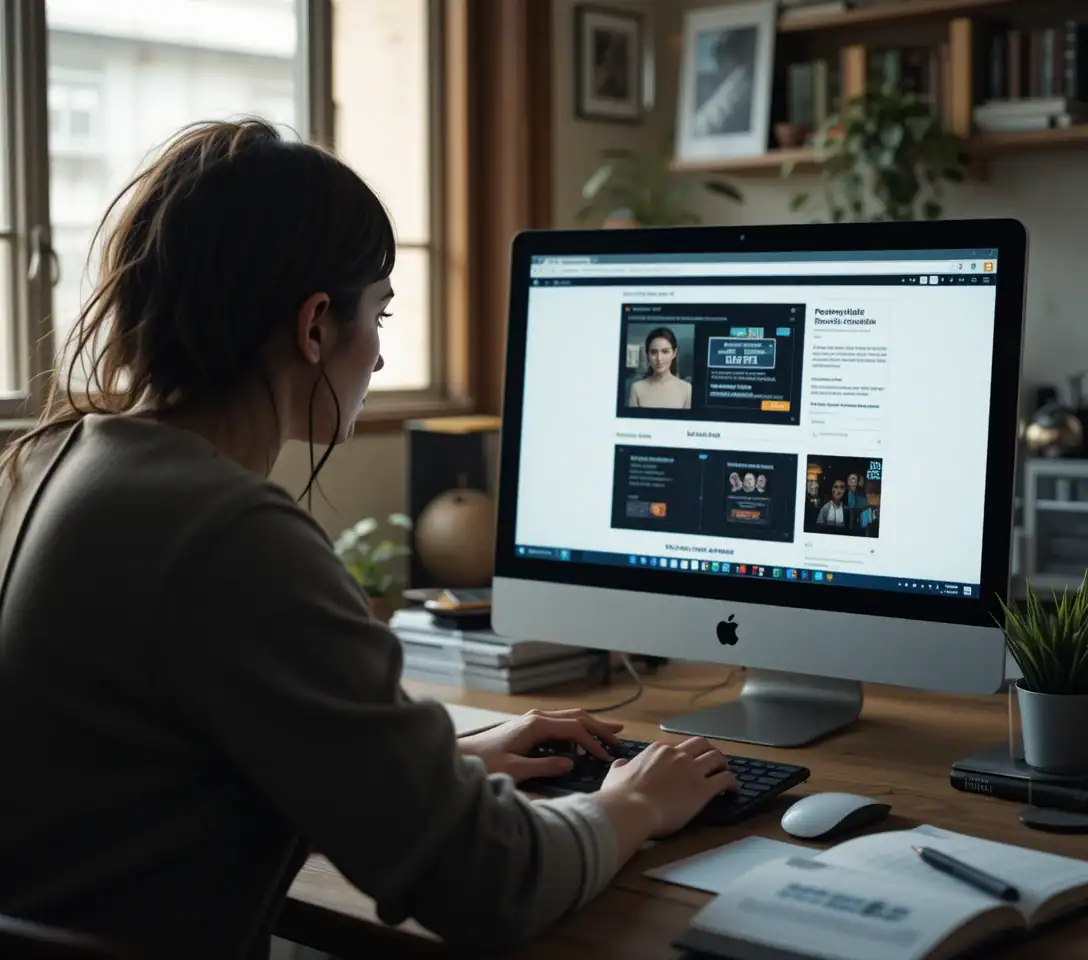1. Don’t Just Look Good—Be Useful
A plumber I know had a flashy site: animations, background video, chatbot. Still, no calls. Why? No service list, no phone number, no mention of location.
After rebuilding it with real photos, location names, and testimonials, the phone rang nonstop.
- Who are you?
- What do you do?
- Where do you work?
- How can someone contact you?
2. Mobile First—Or You’re Losing Leads
I once checked a café’s website to see brunch hours. The site wouldn’t load on my phone, so I went to the shop next door.
If it doesn’t work on mobile, it doesn’t work—period.
Build for Phones First—Then Worry About Looks
On a post by Hidden Depth, one designer shared key advice:
“Always, always build for mobile first. Don’t start with a pretty theme and squeeze in your content later.”
Do this instead:
- Write your content first
- Plan your structure
- Add calls to action, trust signals, and real images
- Then choose a layout that fits
You don’t need fancy builders—just get it online and test.
3. SEO Isn’t Magic—But Local Keywords Work
If someone searches for “web design” or “builder near me,” make sure your content reflects where and what you do.
“We build affordable websites for local businesses—from Blacktown to Bondi.”
4. Stop Using Stock Photos of Americans in Headsets
If you’re a local business, don’t use generic images. One bakery replaced stock photos with real ones—and got more engagement instantly.
Real > generic. Even phone pic work better if they’re yours.
5. Word of Mouth Still Beats Rankings
Most great web designers don’t rely on search rankings. They get work through referrals.
Ask around. Good questions to ask:
- Did they deliver on time?
- Were they easy to work with?
- Do they offer support after launch?
6. Copywriting Isn’t Optional
Design grabs attention. Words close deals. If your copy sounds like corporate fluff, people bounce.
Example:
- Bad: “We develop end-to-end digital strategiess.”
- Good: “We help businesses get found online with smart, simple websites.”
7. Mention Pricing (At Least Generally)
People want to know what they’re getting into. Even just a range helps.
“Most websites cost between $1,500 and $5,000 depending on features.”
8. Keep It Updated
One restaurant lost holiday bookings because their hours weren’t updated. Set reminders every few months to review your content.
9. Function First, Trends Later
Trendy features like auto-play videos or infinite scroll sound cool—but do they help your visitor?
One business added TikTok-style animations and saw conversions drop. We simplified it—bounce rate dropped, leads improved.
10. Build for Your Customers, Not Your Ego
Your website isn’t for you—it’s for your audience. A daycare doesn’t need a cinematic homepage. A tradie doesn’t need parallax effects.
They need trust signals, service areas, photos, and a clear way to get in touch.
Bonus: Real Voices from the Web
Over on Reddit, a new business owner asked about setting up a site. The replies were honest:
“I tried to DIY everything with free tools and random plugins. It worked… until it didn’t.”
“Focus on clean themes, mobile design, and good hosting. The rest can come later.”
Real Example: A Local Site That Gets It Right
If you want to see what this all looks like, check out Newy Web. They’re a Newcastle-based team that builds mobile-first websites that load fast and help real businesses grow—without the fluff.
Final Word
Great web design isn’t about being fancy. It’s about being clear, honest, and useful.
Keep it simple. Speak like a human. Make it easy for people to take action.
If you want to see more real examples of web design that actually works, just ask—I’ve got a few bookmarked worth showing off.









